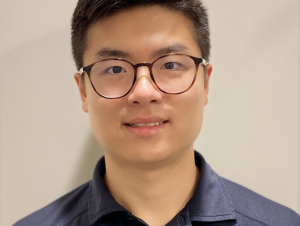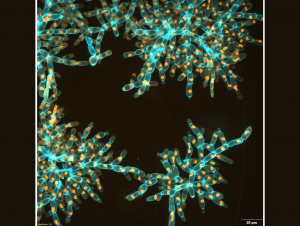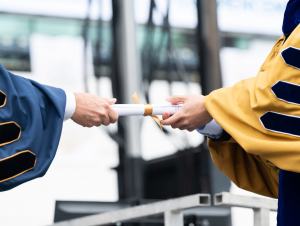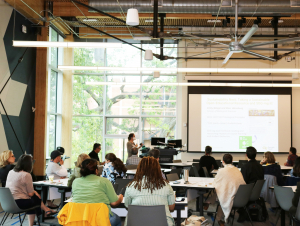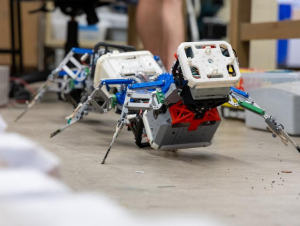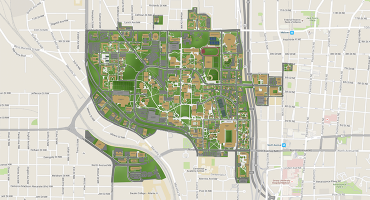To request a media interview, please reach out to experts using the faculty directories for each of our six schools, or contact Jess Hunt-Ralston, College of Sciences communications director. A list of faculty experts is also available to journalists upon request.
Latest News
Georgia Tech Ph.D. Candidate James X. Zhong Manis is one of 87 awardees from 58 different universities who will conduct thesis research at one of 16 DOE national laboratories. For Manis, that lab will be the Stanford Linear Accelerator Center (SLAC) at Stanford University.
To investigate how multicellular life evolves from scratch, researchers from the Georgia Institute of Technology decided to take evolution into their own hands. Led by William Ratcliff, associate professor in the School of Biological Sciences and director of the Interdisciplinary Graduate Program in Quantitative Biosciences, a team of researchers has initiated the first long-term evolution experiment aimed at evolving new kinds of multicellular organisms from single-celled ancestors in the lab.
Following in the early footsteps of esteemed Nobel laureates, national leaders, and esteemed faculty, 38 of Tech’s graduate students have just been awarded the National Science Foundation Graduate Research Fellowship (NSF GRF).
Georgia Tech's 264th Commencement, held May 5 and 6 at Bobby Dodd Stadium, celebrated 5,673 graduates. Here are a few moments captured during the event. More images from Spring Commencement are available on Flickr.
Six proposals from the College of Sciences will evolve existing courses, create new ones to include the United Nations Sustainable Development Goals — a key part of Georgia Tech’s Sustainability Next initiative.
Intrigued to see if the many limbs could be helpful for locomotion in this world, a team of physicists, engineers, and mathematicians at the Georgia Institute of Technology are using this style of movement to their advantage. They developed a new theory of multilegged locomotion and created many-legged robotic models, discovering the robot with redundant legs could move across uneven surfaces without any additional sensing or control technology as the theory predicted.

